 A scientific research paper published in ACS Nano has been selected as recipient of a prestigious award from the American Ceramic Society (ACerS). ACS Nano is one of more than 40 peer-reviewed journals published by the American Chemical Society, the world's largest scientific society.
A scientific research paper published in ACS Nano has been selected as recipient of a prestigious award from the American Ceramic Society (ACerS). ACS Nano is one of more than 40 peer-reviewed journals published by the American Chemical Society, the world's largest scientific society.
Michael Naguib, Olha Mashtalir, Joshua Carle, Volker Presser, Jun Lu, Lars Hultman, Yury Gogotsi, and Michel W. Barsoum, “Two-Dimensional Transition Metal Carbides”, ACS Nano, Vol 6, No. 2, 1322-1331, 2012
| Rus | Eng |
ACerS' Ross Coffin Purdy Award will recognize the article, which was the first to describe a facile method to produce a large family of two-dimensional layered, early transition metal carbides and nitrides, labeled MXenes. The latter are so-called because they are produced by selective etching of the A-group element — aluminum in this case — from an even larger family of layered solids labeled the MAX phases. The MAX phases were in turn discovered by Michel Barsoum, Ph.D., and co-workers roughly 15 years ago at Drexel University.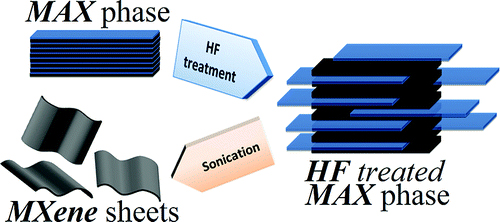
Barsoum, A.W. Grosvenor and Distinguished Professor at Drexel University, and Distinguished University Professor and Trustee Chair Yury Gogotsi, Ph.D., also from Drexel Materials, were co-authors of the award-winning paper, along with students Michael Naguib, Olha Mashtalir and Joshua Carle, together with collaborators from Linkoping University in Sweden.
The annual Ross Coffin Purdy Award recognizes researchers "judged to have made the most valuable contribution to ceramic technical literature." The ACerS board unanimously agreed to grant the honor to the Barsoum and Gogotsi team's work. The award will be presented in October during the Materials Science and Technology Conference in Montréal, Canada.
MXenes have potential uses in a broad range of energy and electronics applications, including lithium-ion batteries and supercapacitors. The materials' layered structure resembles that of graphene — hence the suffix ene — a two-dimensional sheet of carbon, but its chemistry is more complex and more versatile.
"The research reported in this paper is an exciting advance in this new family of materials for which the applications are just beginning to be envisioned," said Dawn Bonnell, Ph.D., Trustee Chair Professor in the Materials Science Department of the University of Pennsylvania and director of the Nano/Bio Interface Center. Bonnell nominated Barsoum's group for the honor.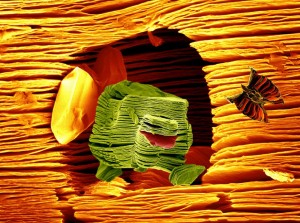
In their ACS Nano paper "Two-Dimensional Transition Metal Carbides," the authors acknowledge funding from the Assistant Secretary for Energy Efficiency and Renewable Energy Office of Vehicle Technologies of the U.S. Department of Energy, the Commonwealth of Pennsylvania's Ben Franklin Technology Development Authority and the Alexander von Humboldt Foundation.
Ross Coffin Purdy, in whose honor this award is given, served The American Ceramic Society for 24 years as General Secretary and Editor of its publications. He was the recipient of many awards, a Fellow and Honorary Life Member, and President of the Society.
The American Chemical Society is a nonprofit organization chartered by the U.S. Congress. With more than 163,000 members, ACS is the world’s largest scientific society and a global leader in providing access to chemistry-related research through its multiple databases, peer-reviewed journals and scientific conferences.
Michael Naguib, Olha Mashtalir, Joshua Carle, Volker Presser, Jun Lu, Lars Hultman, Yury Gogotsi, and Michel W. Barsoum, “Two-Dimensional Transition Metal Carbides”, ACS Nano, Vol 6, No. 2, 1322-1331, 2012
Abstract
 Herein we report on the synthesis of two-dimensional transition metal carbides and carbonitrides by immersing select MAX phase powders in hydrofluoric acid, HF. The MAX phases represent a large (>60 members) family of ternary, layered, machinable transition metal carbides, nitrides, and carbonitrides. Herein we present evidence for the exfoliation of the following MAX phases: Ti2AlC, Ta4AlC3, (Ti0.5,Nb0.5)2AlC, (V0.5,Cr0.5)3AlC2, and Ti3AlCN by the simple immersion of their powders, at room temperature, in HF of varying concentrations for times varying between 10 and 72 h followed by sonication. The removal of the “A” group layer from the MAX phases results in 2-D layers that we are labeling MXenes to denote the loss of the A element and emphasize their structural similarities with graphene. The sheet resistances of the MXenes were found to be comparable to multilayer graphene. Contact angle measurements with water on pressed MXene surfaces showed hydrophilic behavior.
Herein we report on the synthesis of two-dimensional transition metal carbides and carbonitrides by immersing select MAX phase powders in hydrofluoric acid, HF. The MAX phases represent a large (>60 members) family of ternary, layered, machinable transition metal carbides, nitrides, and carbonitrides. Herein we present evidence for the exfoliation of the following MAX phases: Ti2AlC, Ta4AlC3, (Ti0.5,Nb0.5)2AlC, (V0.5,Cr0.5)3AlC2, and Ti3AlCN by the simple immersion of their powders, at room temperature, in HF of varying concentrations for times varying between 10 and 72 h followed by sonication. The removal of the “A” group layer from the MAX phases results in 2-D layers that we are labeling MXenes to denote the loss of the A element and emphasize their structural similarities with graphene. The sheet resistances of the MXenes were found to be comparable to multilayer graphene. Contact angle measurements with water on pressed MXene surfaces showed hydrophilic behavior.
Keywords: MXene; two-dimensional materials; carbides; carbonitrides; exfoliation



 Highlights
Highlights We are excited to share that our Carbon-Ukraine (Y-Carbon LLC) company participated in the I2DM Summit and Expo 2025 at Khalifa University in Abu-Dhabi! Huge thanks to Research & Innovation Center for Graphene and 2D Materials (RIC2D) for hosting such a high-level event.It was an incredible opportunity to meet brilliant researchers and innovators working on the next generation of 2D materials. The insights and energy from the summit will definitely drive new ideas in our own development.
We are excited to share that our Carbon-Ukraine (Y-Carbon LLC) company participated in the I2DM Summit and Expo 2025 at Khalifa University in Abu-Dhabi! Huge thanks to Research & Innovation Center for Graphene and 2D Materials (RIC2D) for hosting such a high-level event.It was an incredible opportunity to meet brilliant researchers and innovators working on the next generation of 2D materials. The insights and energy from the summit will definitely drive new ideas in our own development. Carbon-Ukraine team had the unique opportunity to visit XPANCEO - a Dubai-based deep tech startup company that is developing the first smart contact lenses with AR vision and health monitoring features, working on truly cutting-edge developments.
Carbon-Ukraine team had the unique opportunity to visit XPANCEO - a Dubai-based deep tech startup company that is developing the first smart contact lenses with AR vision and health monitoring features, working on truly cutting-edge developments. Our Carbon-Ukraine team (Y-Carbon LLC) are thrilled to start a new RIC2D project MX-Innovation in collaboration with Drexel University Yury Gogotsi and Khalifa University! Amazing lab tours to project collaborators from Khalifa University, great discussions, strong networking, and a wonderful platform for future collaboration.
Our Carbon-Ukraine team (Y-Carbon LLC) are thrilled to start a new RIC2D project MX-Innovation in collaboration with Drexel University Yury Gogotsi and Khalifa University! Amazing lab tours to project collaborators from Khalifa University, great discussions, strong networking, and a wonderful platform for future collaboration.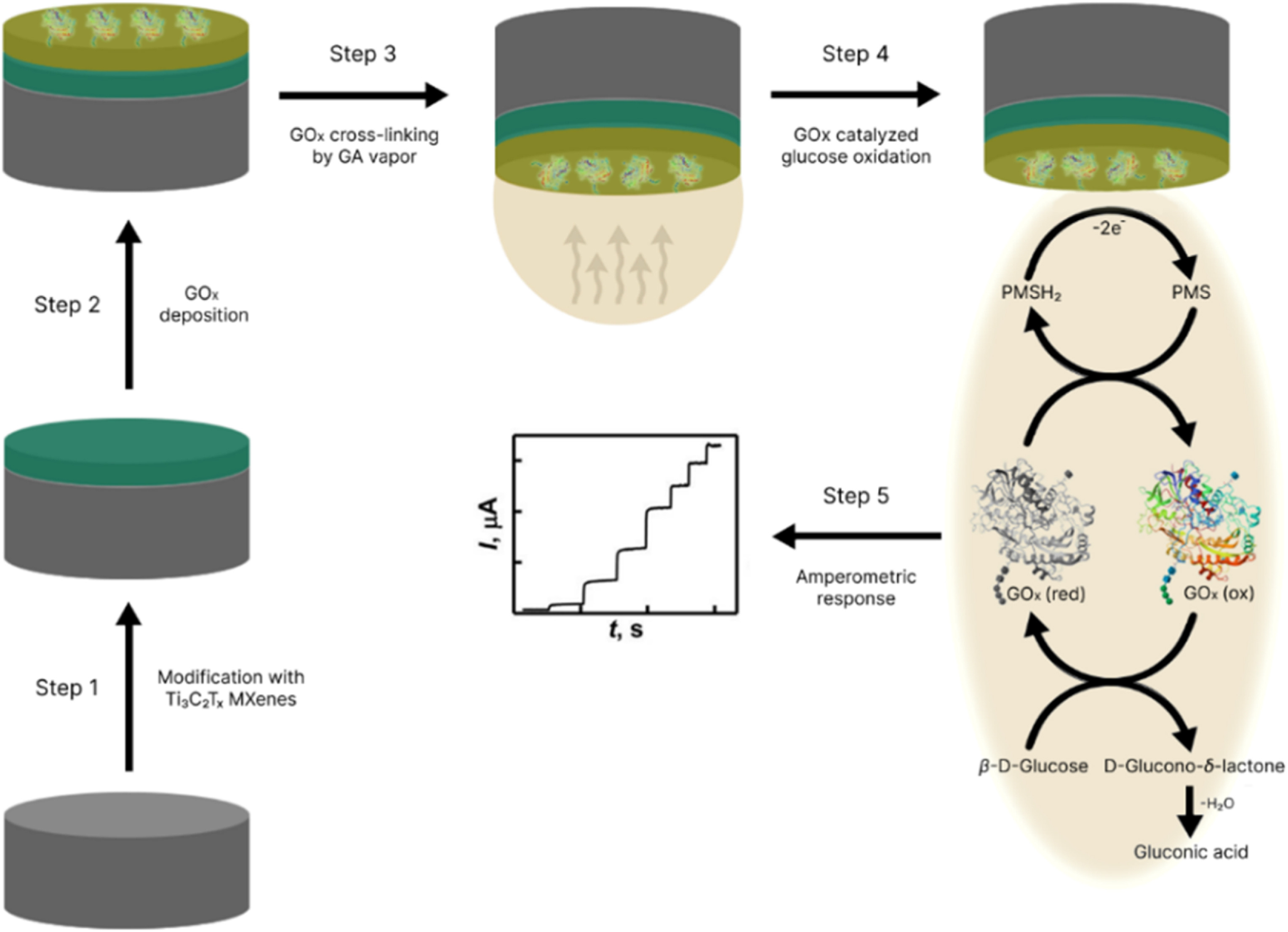
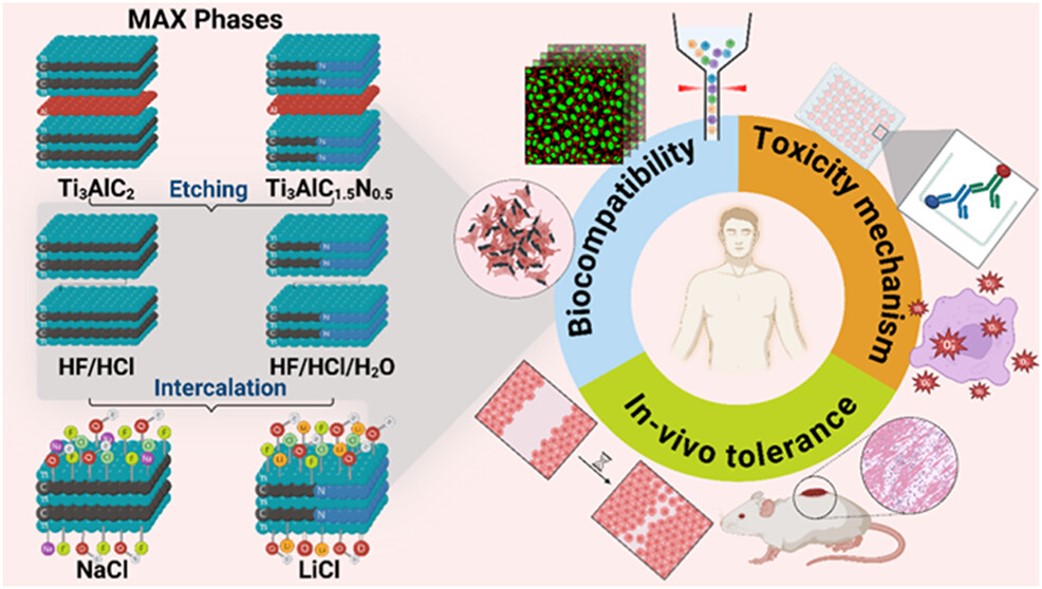 MXenes potential applications include sensors, wound healing materials, and drug delivery systems. A recent study explored how different synthesis methods affect the safety and performance of MXenes. By comparing etching conditions and intercalation strategies, researchers discovered that fine-tuning the surface chemistry of MXenes plays a crucial role in improving biocompatibility. These results provide practical guidelines for developing safer MXenes and bring the field one step closer to real biomedical applications.
MXenes potential applications include sensors, wound healing materials, and drug delivery systems. A recent study explored how different synthesis methods affect the safety and performance of MXenes. By comparing etching conditions and intercalation strategies, researchers discovered that fine-tuning the surface chemistry of MXenes plays a crucial role in improving biocompatibility. These results provide practical guidelines for developing safer MXenes and bring the field one step closer to real biomedical applications. An excellent review highlighting how MXene-based sensors can help tackle one of today’s pressing environmental challenges — heavy metal contamination. Excited to see such impactful work moving the field of environmental monitoring and sensor technology forward!
An excellent review highlighting how MXene-based sensors can help tackle one of today’s pressing environmental challenges — heavy metal contamination. Excited to see such impactful work moving the field of environmental monitoring and sensor technology forward!
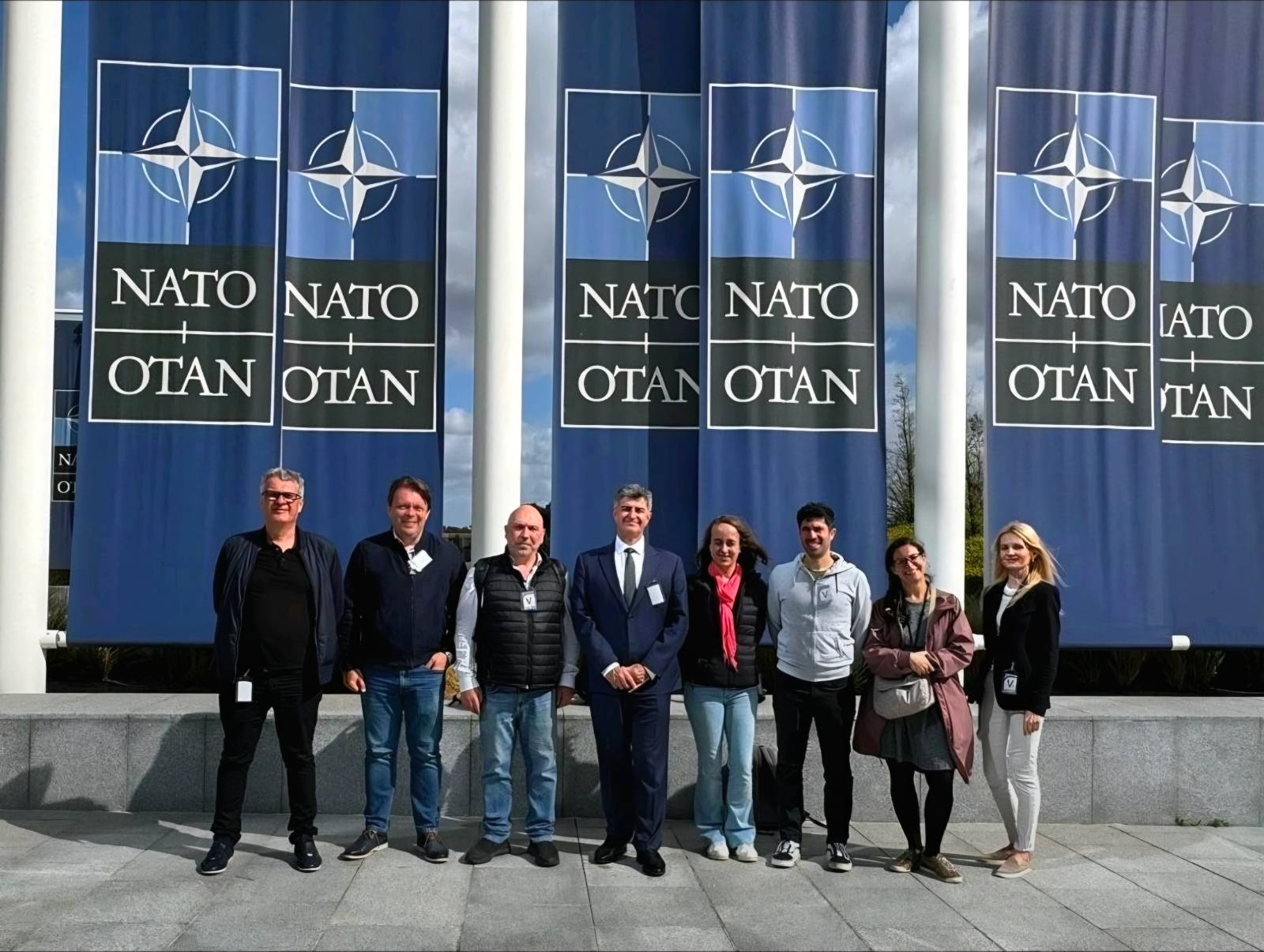 Carbon-Ukraine team was truly delighted to take part in the kickoff meeting of the ATHENA Project (Advanced Digital Engineering Methods to Design MXene-based Nanocomposites for Electro-Magnetic Interference Shielding in Space), supported by NATO through the Science for Peace and Security Programme.
Carbon-Ukraine team was truly delighted to take part in the kickoff meeting of the ATHENA Project (Advanced Digital Engineering Methods to Design MXene-based Nanocomposites for Electro-Magnetic Interference Shielding in Space), supported by NATO through the Science for Peace and Security Programme. Exellent news, our joint patent application with Drexel University on highly porous MAX phase precursor for MXene synthesis published. Congratulations and thanks to all team involved!
Exellent news, our joint patent application with Drexel University on highly porous MAX phase precursor for MXene synthesis published. Congratulations and thanks to all team involved!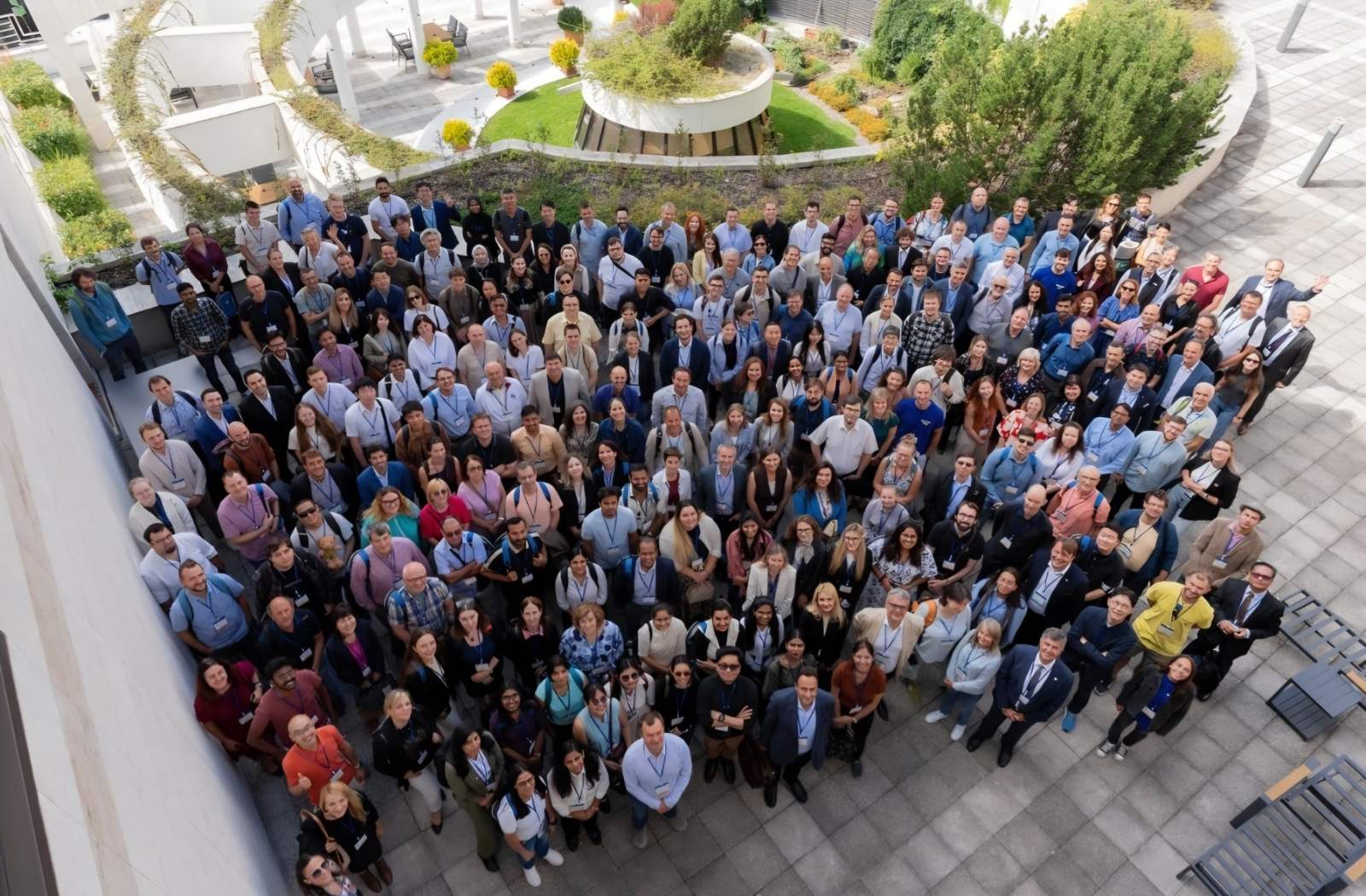 Our team was very delighted to take part in International Symposium "The MXene Frontier: Transformative Nanomaterials Shaping the Future" – the largest MXene event in Europe this year!
Our team was very delighted to take part in International Symposium "The MXene Frontier: Transformative Nanomaterials Shaping the Future" – the largest MXene event in Europe this year!  Last Call! Have you submitted your abstract for IEEE NAP-2025 yet? Join us at the International Symposium on "The MXene Frontier: Transformative Nanomaterials Shaping the Future" – the largest MXene-focused conference in Europe this year! Final Submission Deadline: May 15, 2025. Don’t miss this exclusive opportunity to showcase your research and engage with world leaders in the MXene field!
Last Call! Have you submitted your abstract for IEEE NAP-2025 yet? Join us at the International Symposium on "The MXene Frontier: Transformative Nanomaterials Shaping the Future" – the largest MXene-focused conference in Europe this year! Final Submission Deadline: May 15, 2025. Don’t miss this exclusive opportunity to showcase your research and engage with world leaders in the MXene field!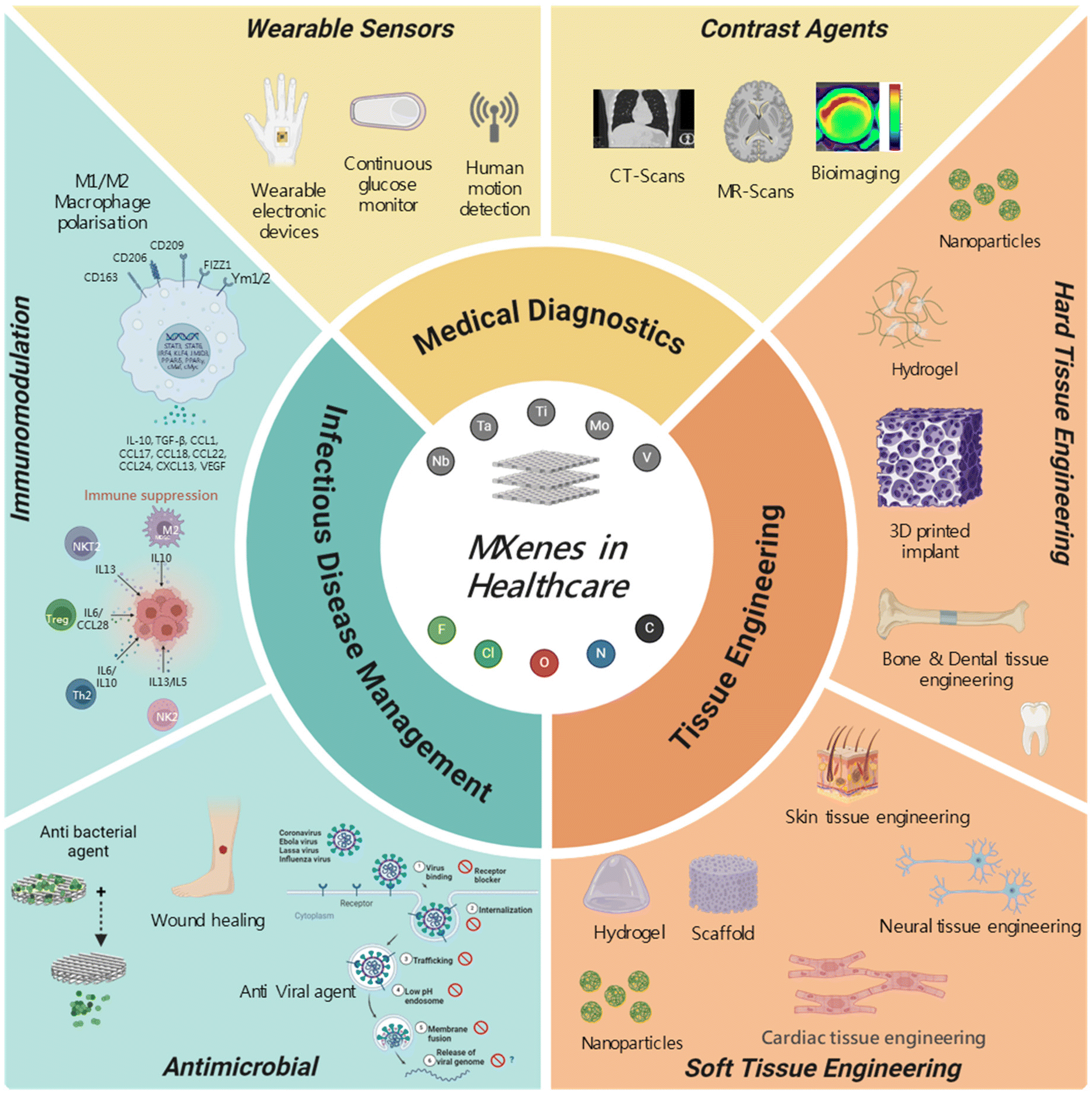 We are excited to announce the publication of latest review article on MXenes in Healthcare. This comprehensive review explores the groundbreaking role of MXenes—an emerging class of 2D materials—in revolutionizing the fields of medical diagnostics and therapeutics. Read the full article here: https://doi.org/10.1039/D4NR04853A.
We are excited to announce the publication of latest review article on MXenes in Healthcare. This comprehensive review explores the groundbreaking role of MXenes—an emerging class of 2D materials—in revolutionizing the fields of medical diagnostics and therapeutics. Read the full article here: https://doi.org/10.1039/D4NR04853A.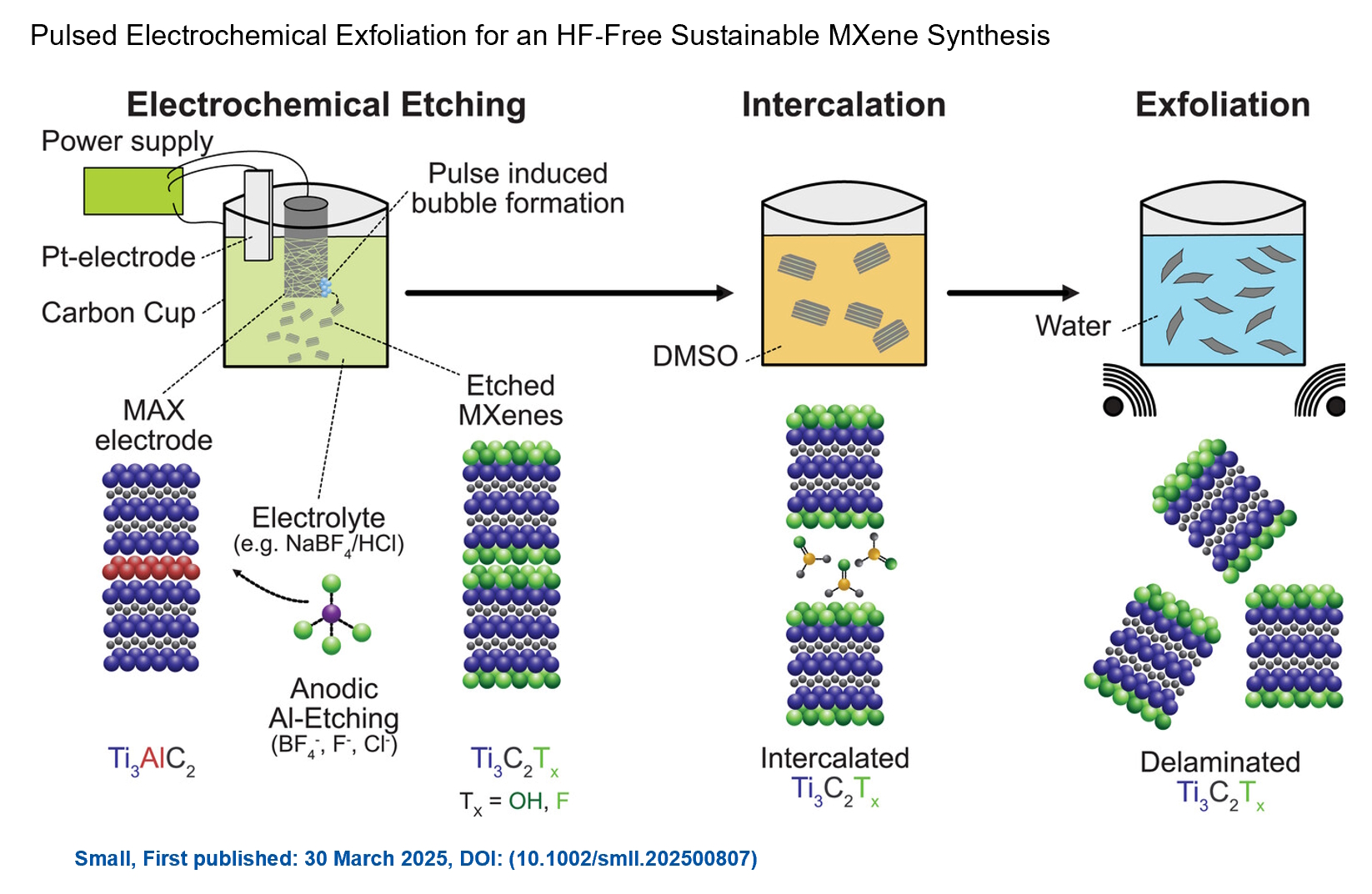 Congratulations and thank you to our collaborators from TU Wien and CEST for very interesting work and making it published! In this work, an upscalable electrochemical MXene synthesis is presented. Yields of up to 60% electrochemical MXene (EC-MXene) with no byproducts from a single exfoliation cycle are achieved.
Congratulations and thank you to our collaborators from TU Wien and CEST for very interesting work and making it published! In this work, an upscalable electrochemical MXene synthesis is presented. Yields of up to 60% electrochemical MXene (EC-MXene) with no byproducts from a single exfoliation cycle are achieved. Congratulations to all collaborators with this interesting joint work!
Congratulations to all collaborators with this interesting joint work!